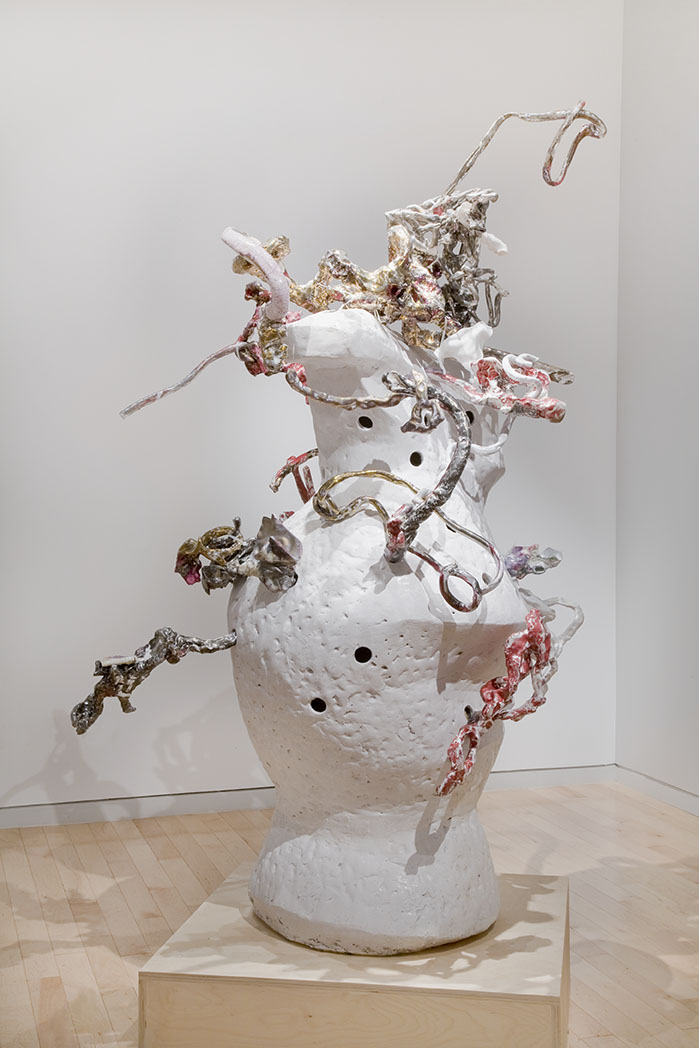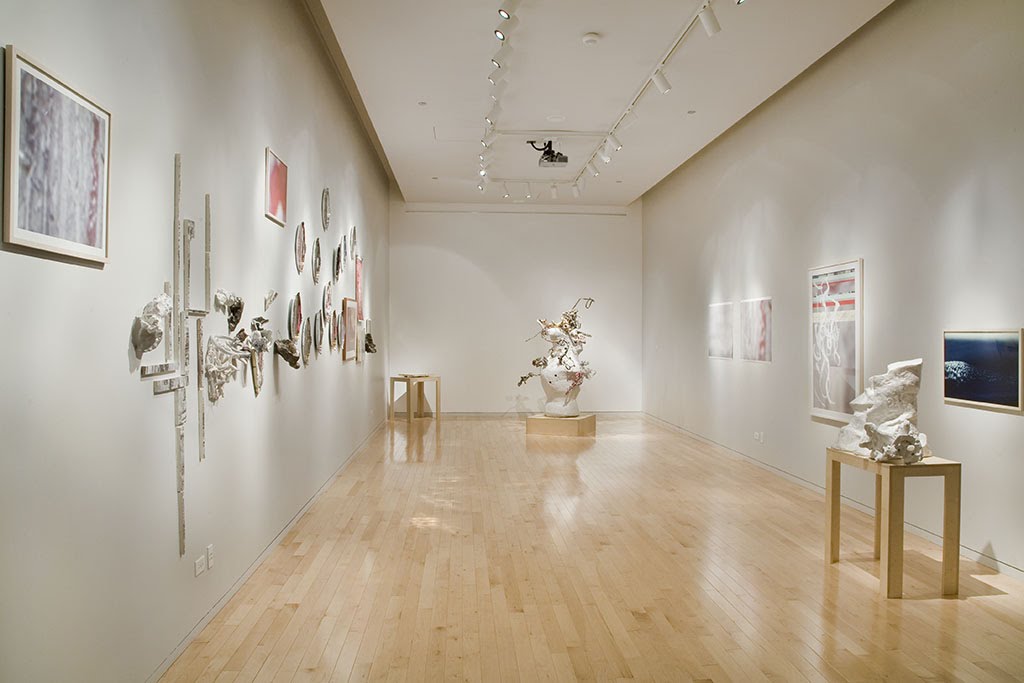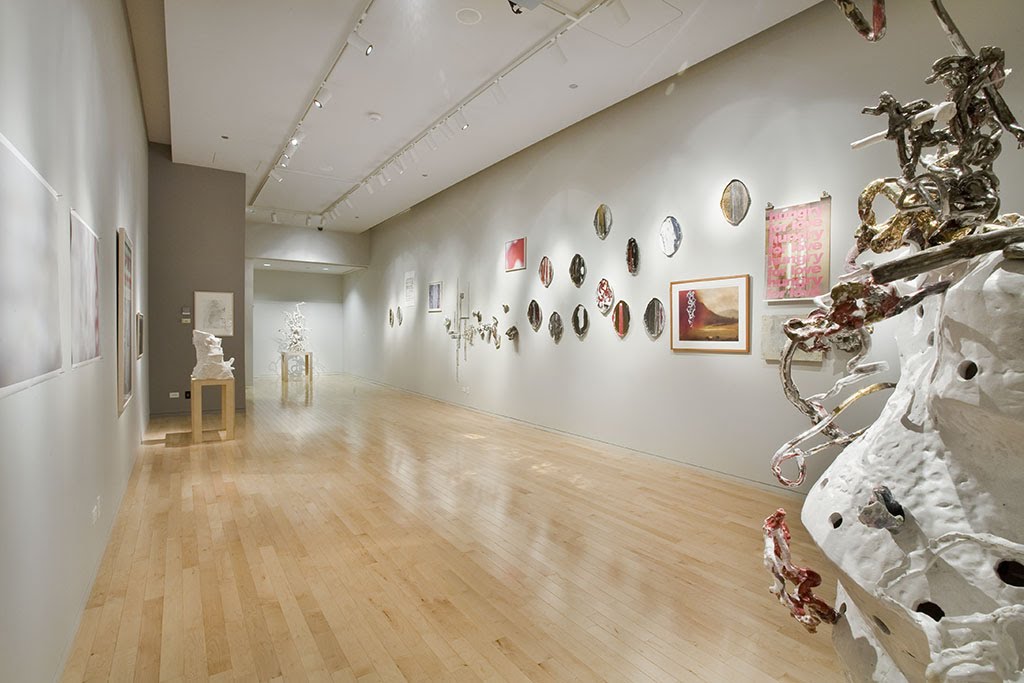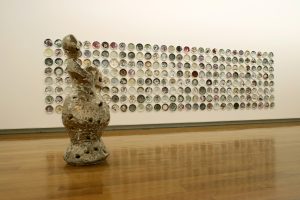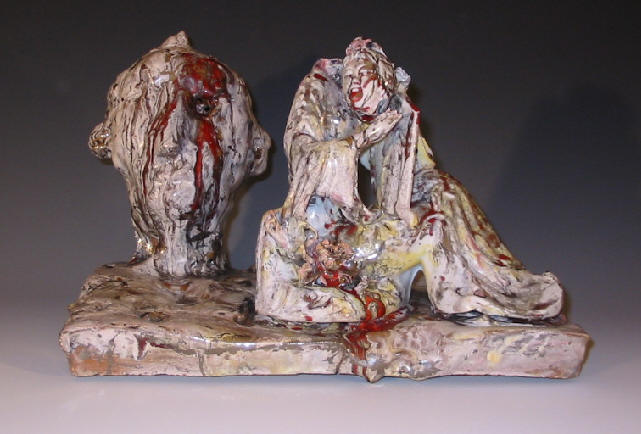IMAGES: XAVIER TOUBES Google Images
GALLERIES:
LINKS: School of the Art Institute of Chicago
VIDEOS:
- You Tube: http://www.youtube.com/watch?v=f8FRNsHrOh4
- Xavier Toubes of SAIC’s Ceramics department muses on the artistic process and the Ceramics curriculum 1 minute
BIO/CV
Xavier Toubes ( Francisco Javier Toubes Vilariño) was born in 1947 in A Coruña, Spain .He worked in an International Bank in Spain and London until 1974. He attended University of London Goldsmiths College (1974-77). In 1977-78 worked at Winchcombe Pottery, Gloucestershire. In 1979 he spent a year in residency at the Seminario de Estudios Ceramicos de Sargadelos, Spain. From 1980 to 1983 he attended the New York State College of Ceramics at Alfred University. After graduating with the Master of Fine Arts, he taught in the Art Department at the University of North Carolina at Chapel Hill until 1991.
In 1989 he became involved in the creation of the European Ceramics Work Centre in s-Hertogenbosch, The Netherlands, and was the Artistic Director from its opening in 1991 until the autumn of 1999 when he started teaching at the School of the Art Institute of Chicago.
He has exhibited frequently in both the USA and Europe and also in Asia, and lectured in numerous Universities and international forums. He is a member of the International Academic of Ceramics (Geneve, Switzerland) since 1986. His awards include a grant from the Ministry of Culture, Spain in 1983, a National Endowment for the Arts Fellowship in 1986 and North Carolina Arts Council 1986 Artist Fellowship. In 1988 he received a Southern Center for Contemporary Art Individual Artist Fellowship and in 1993 the first prize in the Bienal Europea de Ceramica, Museu de Ceramica de Manises, Valencia, Spain.
ARTIST STATEMENT
I just finished a solo exhibition in CGAC, the Galician Center for Contemporary Art in Spain. This exhibition included ceramic sculpture, large photographs and digital prints — all related to each other, but remaining distinct both visually and in terms of meaning. The self-conscious attempt to name beauty is, for me, one of the clearest pursuits, in spite of placing the artist in a tentative, anxious, and vulnerable position. The work is about mapping terrains — suggesting possible routes, but remaining fluid both visually and in terms of meaning. Vincent McGourty, an English artist and writer who resides in The Netherlands, curated the exhibition. The catalogue is written in Galician, Spanish and English, with texts from two Spanish writers. In this exhibition, the intimate and the public encounter the simultaneity of time, chemicals, painting, places and the sensuousness of matter.
I try to create circumstances in which students feel free to act according to their own initiatives and desires. The intention is to make a place in the classroom, the studios and the labs, where the student and I can talk about anything. At the same time, I want to create conditions for language and learning to be very specific, never arbitrary. We encounter multiple paradoxes working this way, and it is often in the contradictions where the best dialogue takes place.
I give my students plenty of time and space, to be curious, recognize errors and enjoy. We don’t have to ever justify why we make art; it is at its best when it is an adventure. We must learn to deal with the contradictions and paradoxes of being artists in a very complex world, and develop the strategies required to be actors, critical thinkers and intelligent consumers of culture. We must also learn how to organize and structure our time, and gather skills by practicing in the studio.
There’s quite a bit of effort, passion, tension, vulnerability, hard work and a dose of mission impossible in teaching. At the end of the day, the best thing to hear from my students is, “I want to be in the studio now!”
REVIEWS
“Xavier Toubes´s relationship with art is very clear and straightforward. However, it is so difficult to explain in an age in which the creative process can not justify itself and artists are forced to find excuses and objectives in contemporary social and political networks; whoever searches for them must do so with the tenacious wisdom expressed in Toubes´s ceramic heads.
Toubes has placed himself ?as a worker who knows of the hidden joy in transforming matter into spirit? in a world in which space and time are not totally of the present but also of the past and of the future, of the dead and of the unborn. Perhaps this is why he never falls into the veneration of what has already been ?a path into ineptitude and inertia? not does he permit himself that superstition of the future which is no more than the vanity of the present. Toubes is as opposed to the idolatrous traditionalism of the past as he is to the brutal and abstract progressivism of those who, in wishing to open the doors of the future, are merely compounding the mistakes and short-sightedness of their fictitious present. Toubes´s friendship with the dead of all ages and his loyalty to them is perhaps the best clue to his instinctive success in working with clay like a poet, with freedom and universal reason.”
from Teresa Barro. Matter and Spirit. Extracted from the catalogue International Ceramic Art, 1996
ARS LONGA, VITA BREVIS
http://allykaz.blogspot.com/2008/10/xavier-toubes.html
Xavier Toubes
“Xavier Toubes´s relationship with art is very clear and straightforward. However, it is so difficult to explain in an age in which the creative process can not justify itself and artists are forced to find excuses and objectives in contemporary social and political networks; whoever searches for them must do so with the tenacious wisdom expressed in Toubes´s ceramic heads.
Toubes has placed himself ?as a worker who knows of the hidden joy in transforming matter into spirit? in a world in which space and time arenot totally of the present but also of the past and of the future, of the dead and of the unborn. Perhaps this is why he never falls into the veneration of what has already been a path into ineptitude and inertia not does he permit himself that superstition of the future which is no more than the vanity of the present. Toubes is as opposed to the idolatrous traditionalism of the past as he is to the brutal and abstract progressivism of those who, in wishing to open the doors of the future, are merely compounding the mistakes and short-sightedness of their fictitious present. Toubes´s friendship with the dead of all ages and his loyalty to them is perhaps the best clue to his instinctive success in working with clay like a poet, with freedom and universal reason.”
from Teresa Barro. Matter and Spirit. Extracted from the catalogue International Ceramic Art, 1996
I don’t think I could have described this artist’s work any better then the person that originally wrote this. I happened across this ceramist while researching artists for a ceramics course that I am currently taking over at North Central College in Naperville. My reasons for using this man’s work in both the ceramics course and this blog for the contemporary art history course is to show a few pieces that I personally don’t very much enjoy. I couldn’t see the point in only finding art pieces that I thought enjoyable to write of. The first Toubes information I came across was the photographs of his pieces that are accessible through the first link, they are in my opinion hard on the eyes, and on a squeamishness in me that I don’t normally have. The pieces are abstracted forms which interested me after I got over the inital shock that they caused, but appear to be dribbling blood and dying or dead. The quote was pulled from the second link, this is where I was able to read a short about Toubes work which brought some understanding to the appearance of the pieces and even some appreciation. I still could not bring myself to necessarily “like” or “enjoy” Toubes pieces but I could appreciate them for the idea he made them with. “…Toubes´s friendship with the dead of all ages and his loyalty to them is perhaps the best clue to his instinctive success in working with clay like a poet, with freedom and universal reason.” This particular section of the above quote is what brought me to see Toubes work for what I take is as, a tribute of sorts to death and the dead. He doesn’t show this tribute in a way that I think we normally would choose to. Usually the dead are shown as pictures of their former selves, beautified even to show the gratefulness and love that they were given alive. While Toubes has chosen to show the dead in a sort of real time light, as dead decaying bodies, to show their life’s blood pouring from them and about them. In all as I said above I don’t particularly enjoy Xavier Toiubes’ pieces but I can appreciate them and while I also don’t exactly like them they are good in my opinion. I really do wonder what others would think of Toubes ceramics, and wonder if his being from Spain inspired his chose to depict the dead in such a way through a cultural aspect that I am unaware of.



